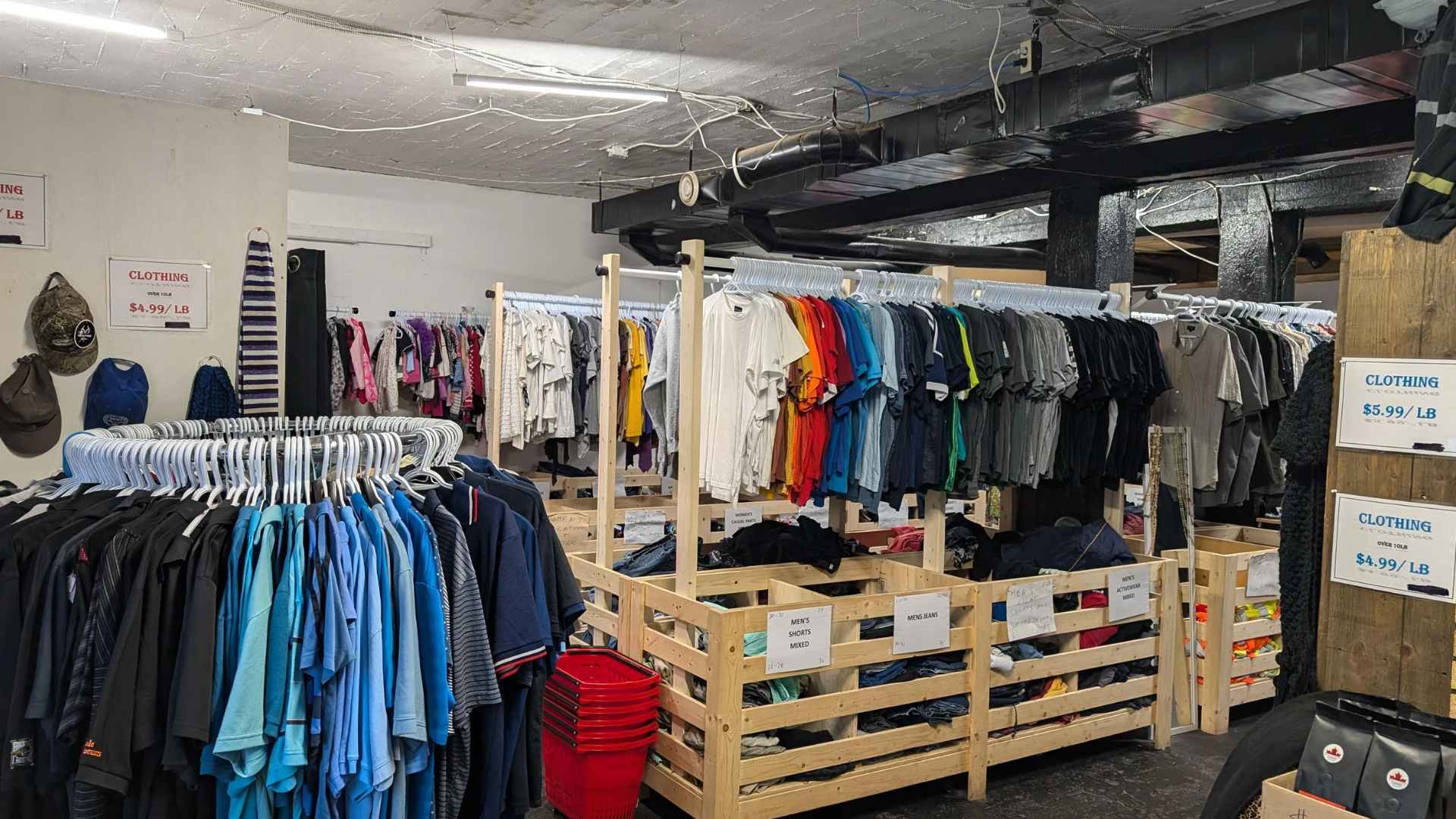One lucky bargain hunter uncovered a luxury timepiece during an ordinary browse, reminding thrifters that true treasure can appear when—and where—you least expect it.
A quick stop at a local secondhand shop turned into the score of a lifetime when a Reddit user slipped on a pre‑owned coat, reached into the lining, and brushed against an Omega De Ville watch later appraised at roughly $4,600 by a jeweler.
How a routine trip to a secondhand store revealed an Omega treasure many shoppers overlook in crowded thrift aisles
The anonymous buyer had simply been checking the coat’s size when their hand met cold metal. “I felt it in the pocket,” they wrote on r/ThriftStoreHauls, a subreddit where enthusiasts swap stories of standout finds.
Similar De Ville models routinely list for thousands on resale sites, making this hidden accessory worth far more than the coat’s modest price tag. No wonder commenters called it the “haul of the month.” Ever wondered what might be hiding in that vintage blazer?
What rising thrift shop popularity means for bargain hunters across the United States chasing unique, eco‑friendly and wallet‑friendly fashion
Secondhand shopping is no longer niche; it’s booming. Studies from discount platform CouponFollow show that Americans saved an average of $1,760 per year by thrifting in 2022, and that figure climbed above $2,000 by 2024. The allure? Lower costs, reduced waste and, yes, the thrill of discovery.
Consequently, Gen Z and millennials flock to thrift racks not just for bargains but for one‑of‑a‑kind wardrobe pieces. On the other hand, seasoned collectors chase mispriced luxury accessories that slip past store clerks.
| Year | Average annual savings from thrifting |
|---|---|
| 2022 | $1,760 |
| 2024 | $2,071 |
Even small finds add up—so imagine stumbling onto four grand in one go!
Simple steps to follow if you discover a high‑value item in used clothing to protect yourself and maximize potential resale profit
Before you sprint to the cashier, consider the checklist below:
- Verify authenticity – Snap detailed photos and visit a reputable jeweler or brand boutique.
- Document everything – Keep the original receipt and note the store’s return policy.
- Appraise formally – A written appraisal secures insurance coverage and resale credibility.
- Decide your path – Will you keep, consign, or auction? Research comparable listings first.
- Stay ethical – Inform the store if local regulations require reporting valuables over a stated threshold.
So, what should you do if fortune smiles on you next? A calm head—and a quick phone call to an expert—can turn serendipity into lasting value.
Thrift stores remain today’s urban treasure maps. One shopper’s coat became a conduit to a $4,600 windfall, underlining why secondhand hunts thrill so many Americans. Whether you thrift for budget, sustainability, or pure adventure, check those pockets: the next hidden gem could be yours.

